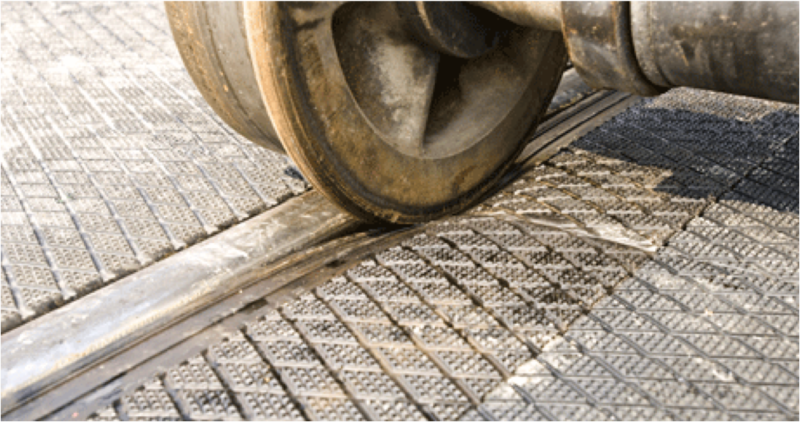reaperexpress
Senior Member
The problem with the bisected configuration is that the transit platform space becomes unavailable for other uses. I am also unconvinced it is any safer than the Roncesvalles design, since pedestrians must still cross a bike lane to reach the platform; and as we know, there will always be the odd transit rider, cyclist, and parking driver who will seem determined to prove any design unsafe. In the end, we have to rely on basic common sense, and I think the Roncesvalles design seems pretty straightforward (with the new sharrow markings), albeit unique.
Near the Film Buff and Cherry Bomb, the bumpouts have become nice little gathering places where people can sit and enjoy a coffee or ice cream. This would not be possible with a bisected platform that is exclusively for transit riders.
It's true that the bisected design is less space-efficient, but it is also more effective from a transportation perspective because they allow cyclists to pass stopped streetcars. This makes cycling faster and more comfortable, and would make it a more popular transportation option.
I think people overestimate the conflict between cyclists and pedestrians crossing to and from the platform. I experienced this design in the Netherlands and it's painfully obvious that pedestrians need to wait for a gap to cross. That sounds like a hassle for transit riders, but it really isn't because of how frequently gaps occur. Even incredibly impatient transit riders will wait a couple seconds.
That said, I agree that bump-outs were the best choice for Roncesvalles because it is quite narrow. As you pointed out, too much space would have been taken away from the sidewalk using the bisected design.
Ideally, the default design for streetcar stops would be the bisected one, with bump-outs substituted where there is insufficient space.





